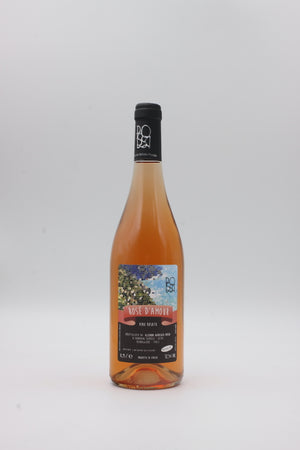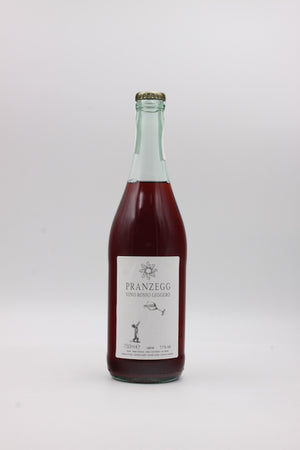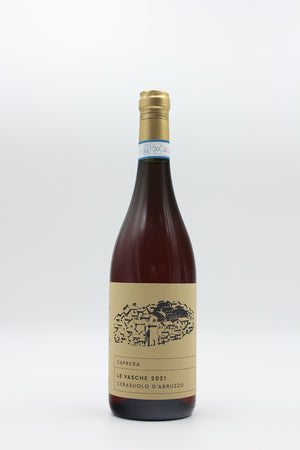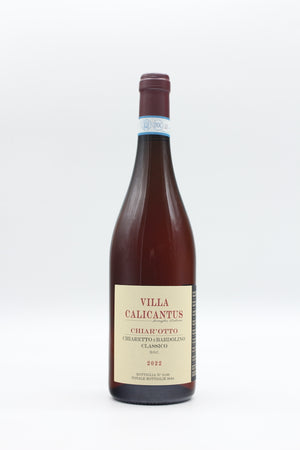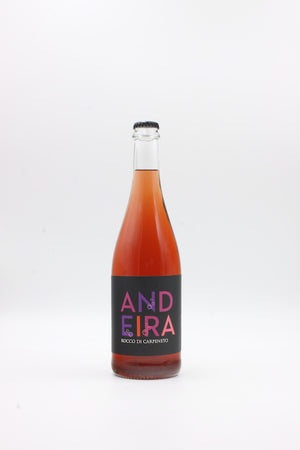- Home
- Schmelzer: Bicolor


Schmelzer: Bicolor
- €15,40
Bicolor: The Wine of Mystery
What happens when you let the soil, climate, and your personal touch speak for themselves, leaving the grape varieties and weather out of the equation? Some might call it pure terroir—we won’t go that far, but we find the experiment intriguing, and the wine outstanding.
What We Know About Bicolor
Not much. Other than that it comes from the vineyards of Georg Schmelzer, which is enough to approach it with curiosity, excitement, and a fair amount of trust. We also know it’s made from both white and red grapes.
What We Don’t Know About Bicolor
We don’t know which grape varieties it’s made from, which vintages are blended in, or what barrels it aged in. It’s thematically a mix of the old Chianti style—where red and white grapes were co-fermented—and a non-vintage Champagne, occasionally blending more than ten different harvests.
The rest is Georg S.’s secret.
We’ll follow his lead and skip the tasting notes for once. Only the adventurous will discover its magic.
P.S. What We Do Know
The Bicolor was spontaneously fermented, unfined, and unfiltered—because that’s just how Georg Schmelzer works.
Technical Sheet
- Grape Varieties: A mix of white and red varieties
- Vineyards: Various vineyards in Gols
- Harvest: Handpicked
- Fermentation: Spontaneous | wild yeasts
- Aging: [Details withheld]
- Filtration: None
- SO₂: Unsulfured
- Alcohol Content: [Details withheld]
- Closure: Screw cap
- Serving Temperature: 12–14°C
- Optimal Drinking Window: From now until 2028
- Content and Price per Liter: 0.75 l (€18.50/l)
All winemakers listed at Vinonudo cultivate their vineyards using compost, organic fertilizers, and natural preparations, avoiding herbicides, pesticides, and synthetic fertilizers.
Similar Products
Newsletter
Who knows more, tastes more. Once a week there is news about our wines, winegrowers and events.
© 2025 vinonudo | Shopify Theme by Mile High Themes | Powered by Shopify
